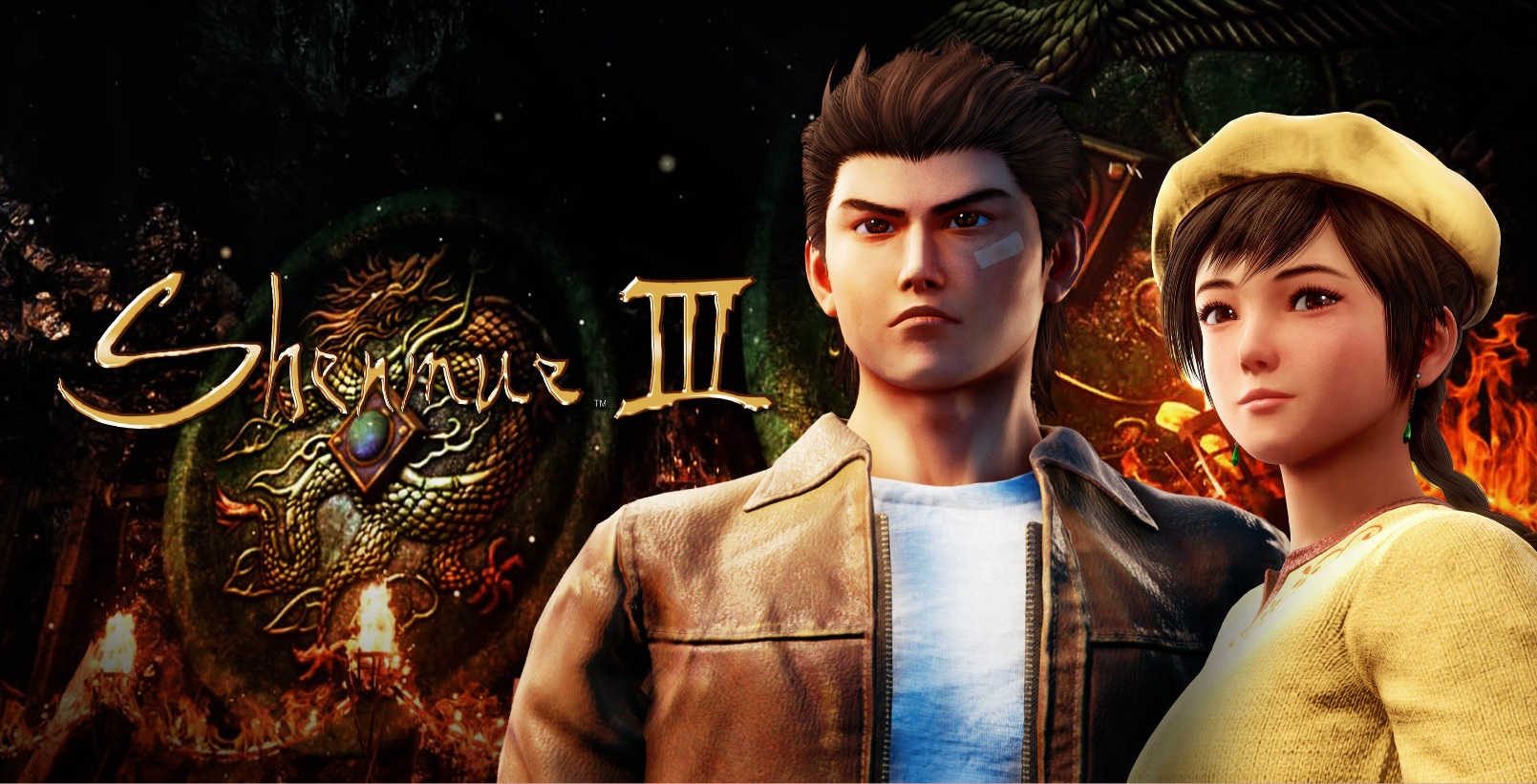Shenmue III
Developer: YS Net
Publisher: Deep Silver
Platforms: PC (Reviewed), PlayStation 4
Release Date: Available Now
Price: $49.99 – Available Here
Overview
For over eighteen years fans of Yu Suzuki’s Shenmue series have waited to see just how the story would continue, especially since the second game left off on such a cliffhanger. The wait was so long that even rumors of an HD release, that eventually came to fruition last year, sparked hope that maybe Ryo Hazuki’s journey could continue. Then in 2015 fans were given the answer they were hoping for, Shenmue III would be on the way and after a massively successful crowdfunding project the game has finally been released. With fans eager to see the series continue, Shenmue III finds itself balancing the old and the new in what becomes a flawed but charming experience that holds as close as possible to the old-school style of gameplay the first two games employed.
Story
Most likely due to the fact that it has been eighteen years since the most recent release in the series Shenmue III initially offers a recap video that covers most of the key story beats that took place throughout the first two games so those looking for a refresher will find it quite useful while those who’ve never dove into the Shenmue franchise and simply want to see what the fuss is about will find it a decent enough set-up but one that doesn’t really capture the essence of the series’ way of storytelling, though with the other two releases available as HD Remasters, that is probably the best place to start for now.
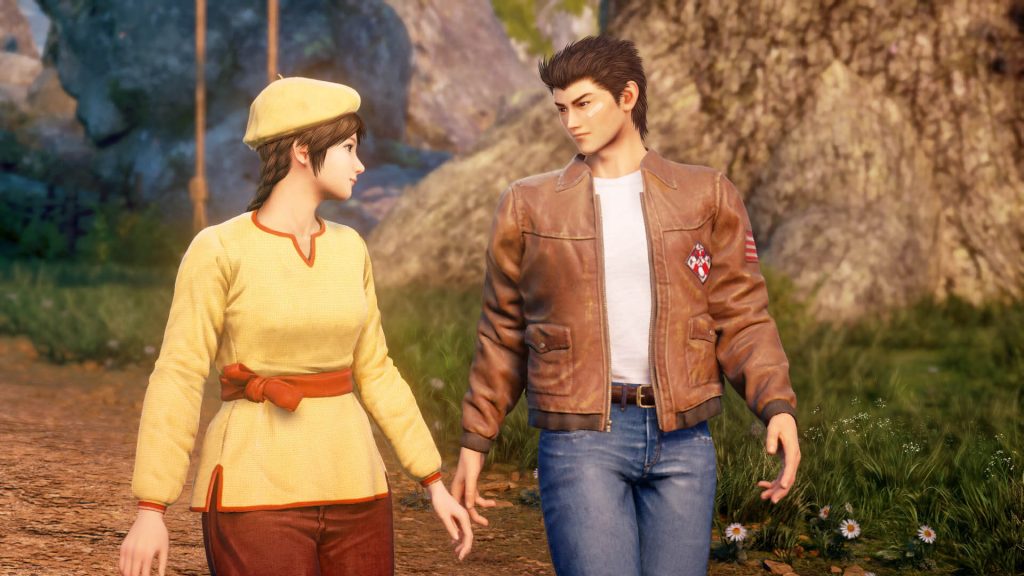
The reason for this is because Shenmue III begins immediately during the cutscene that ended Shenmue II, with both Ryo and Shenhua uncovering large murals of both the Phoenix and Dragon Mirrors in a cave in the rural Bailu Village located in China. In an effort to learn more about the mystery behind the mirrors and perhaps track down his father’s killer, Lan Di, Ryo joins Shenhua at her home in an effort to find her stonemason father who has gone missing. Through here, players will enter into a game world unlike many others these days as players will find themselves mostly directionless with only Ryo’s ever filling notebook as a guide as to what they are supposed to do, or where they should go next.
This often means walking around and interacting with the many people that live in the area in an effort to find out information or a clue as to where to go next. The development team has managed to develop a fairly believable little world where all of the NPCs players can interact with have their own little schedules where they will be performing various tasks throughout the day in different locations or simply be unavailable depending on the time of day. With players kept to a strict schedule of having to return to Shenhua’s home at a certain point at night, and a stamina system that often gets in the way as well, players will feel like they need to properly plan out a day in the village if they want to get the most out of their day. Now there is no actual time limit and players can choose to spend as many days as they wish to on any given task so there is no real restriction here but this also means progress is often kept to a crawl, even more so than past entries in the series.
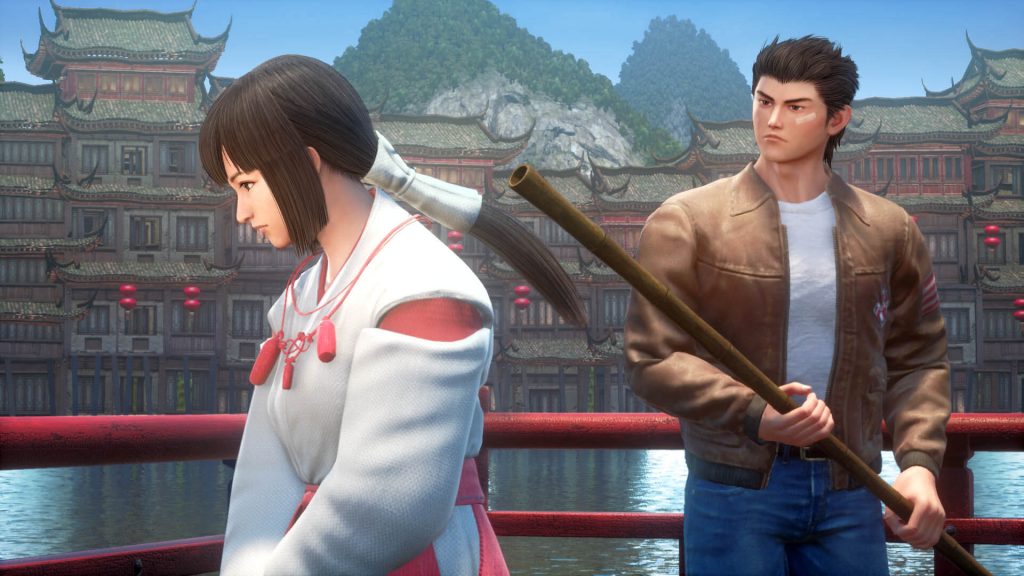
Especially when certain events happen that require quite a bit of grinding, both in Ryo’s fighting skills and with his wallet. These moments are not new to the series by any means but still feel like extra padding, especially when a fight the player wins is instead treated as a forced loss simply to keep the story set on its fairly tranquil path. You see, by no means was Shenmue III ever considered to be the end of Ryo’s journey but more than ever does this entry in the series feel like a midway point as only a few mysteries end up being solved while many more are discovered. There are some solid revelations that occur and Ryo continues to grow as a person, even if he remains as likably uncharismatic as ever, while bonding more with Shenhua and a few more likable new characters that appear throughout this entry but many fans will be left wondering just how many more entries the series will have once the credits roll due to how little progression it feels like was actually made.
Gameplay
Players familiar with the classic original games will feel as if Shenmue III hasn’t changed much at all as it still holds many of the same classic elements that players found in the original games. The areas that Ryo can explore are filled with various NPCs that go about their own scheduled day and can be interacted with either to learn more about Ryo’s objective or perhaps even offer a side quest of their own. While primarily played in third person, players can enter a first person view at any time (outside of combat) and examine nearly everything in the game, most drawers can be opened and examined, plants can be plucked to trade in for money or even move scrolls, and more as everything Ryo can take a closer look at is helpfully highlighted with a red circle in this mode.
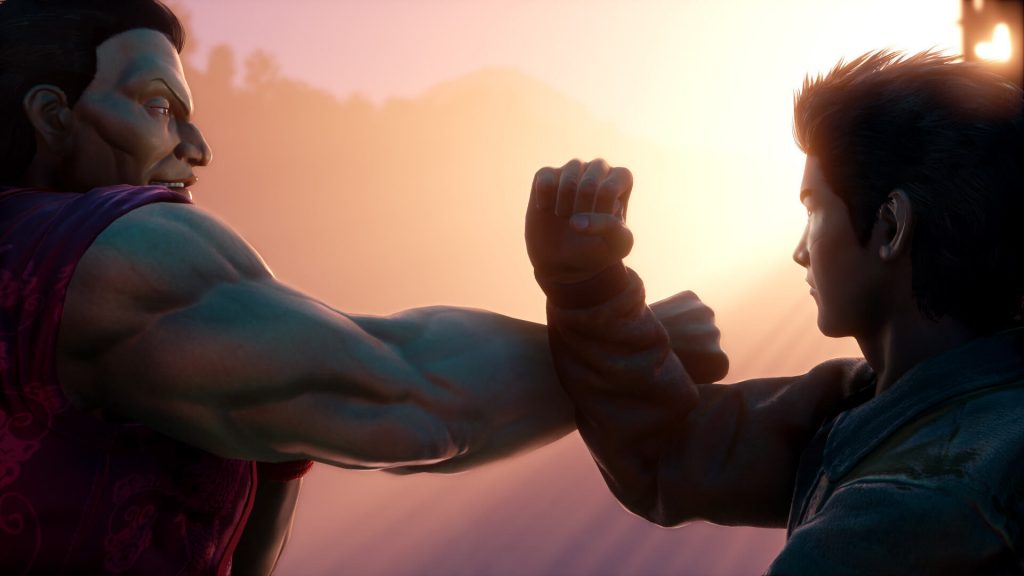
Taking a close look at the world is most of what players will be doing as the game still heavily relies on tracking down various NPCs, obtaining certain items, uncovering clues in the environment, or something similar to progress the plot and this time around a stamina system has been introduced to slow things down for the most part. Players will find that Ryo now has a stamina meter that doubles as his life bar and running around the village, training at the dojo or with various martial artists, and even taking part in various jobs will drain this meter. To refill it Ryo can eat a variety of foods that restore health but with money being slow going at the start things can occasionally run a little thin. This is especially true when a fight is about to happen as players will need to make sure that Ryo is topped off before entering a fight or they will start at a disadvantage and, should they lose, need to immediately eat or find themselves walking slowly everywhere. It is nice to note that players do not need to wait long periods of time for certain events to occur as often the game will allow for quick travel to a location should the plot allow, though this type of travel is only generally available at the start of the day or whenever the game chooses to provide it and still takes stamina and time as a result.
Outside of the stamina system one of the biggest changes in Shenmue III happens to be the combat system. Where before players could master the combos on their own and mostly get their way through fights, now Ryo can level up certain special moves to deal more damage. This is done by the aforementioned sparring system where players can also partake in a mini-game that trains their stamina meter. Unfortunately the actual combat mechanics have also been changed and it is for the worse as the game no longer has access to the Virtua Fighter-esque style that the first two games seemed to use. Instead the combat is a bit less fluid and filled with more awkwardly missed attacks than there should be as opponents often entirely ignore certain strikes or break through Ryo’s guard (which now has a gauge) as if he never blocked at all. Thankfully the game does feature a number of difficulty settings available so players can choose to ease things up a bit if they need to, though Normal difficulty does feel the most balanced.
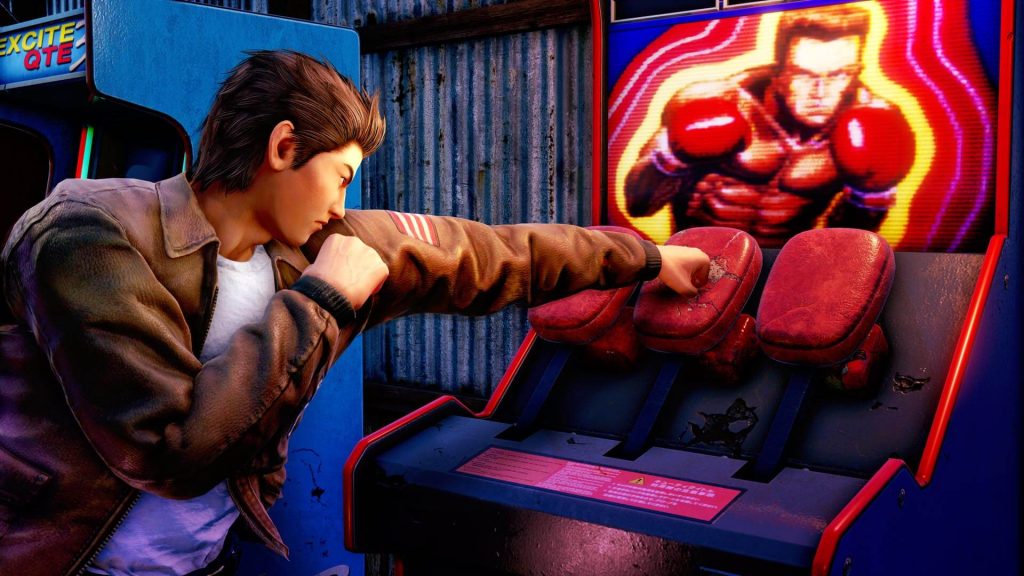
Outside of exploration and combat players will find that Shenmue III is still filled with plenty of little side activities that they can take part in, be it gambling on Lucky Hit, turtle races, and more, going fishing or chopping wood, or playing little quick time event arcade games and collecting little capsule figures that can also be traded in for either money or move scrolls. Unfortunately thanks to the game now being separate from Sega, the many properties that the series used to have access to are now gone so many of these aspects feel weaker this time around, though it is still fun to see Ryo gathering little SD figures of his old friends or even himself in the capsule machines.
Visuals & Audio
Perhaps the biggest way that Shenmue III has grown is in its presentation. The village and environments that players can explore are vibrant and lush looking with some beautiful details spread throughout the land making sure that everything is colorful and feeling lived in. The NPC designs are similarly fitting, outside of a few oddballs, though there stiffer animations and smooth textures feel like callbacks to the Dreamcast era.
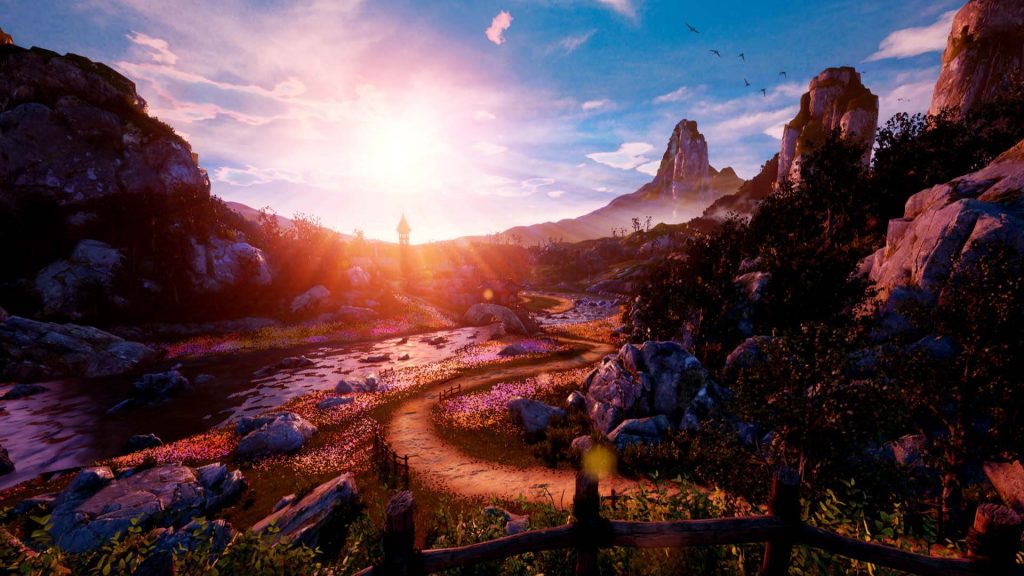
Speaking of such an era, the voice acting is as stilted as ever with Ryo, as mentioned before, coming off as rather flat as a character most of the time. This style of voice acting hits home for longtime fans and is probably one of the purist examples of the previous games shining through here but be prepared for some C-list dub-work should the players choose to listen to the English voice work. It is nice to note that the voice actors for all returning characters do appear to retain their roles despite the long wait.
Overall
Shenmue III tries its best to still feel like the original two games and even adds in another limiting mechanic to keep player progression a bit more realistic as players now can find themselves planning out their day and feeling like part of the world itself but this ends up feeling like both an antiquated system that can be incredibly tedious and also charming at the same time, especially since the day to day interactions with NPCs and Ryo’s interactions with Shenhua come across fantastically. This makes the game incredibly hard to score as it not only feels like one that fans have waited for and manages to feel like a Dreamcast era game brought to life in 2019 but also one with plenty of issues both in combat and progression. In the end though, Shenmue III still manages to come together well enough and fans can only hope that Ryo’s story will continue once more in the future.
Capsule Computers review guidelines can be found here.


